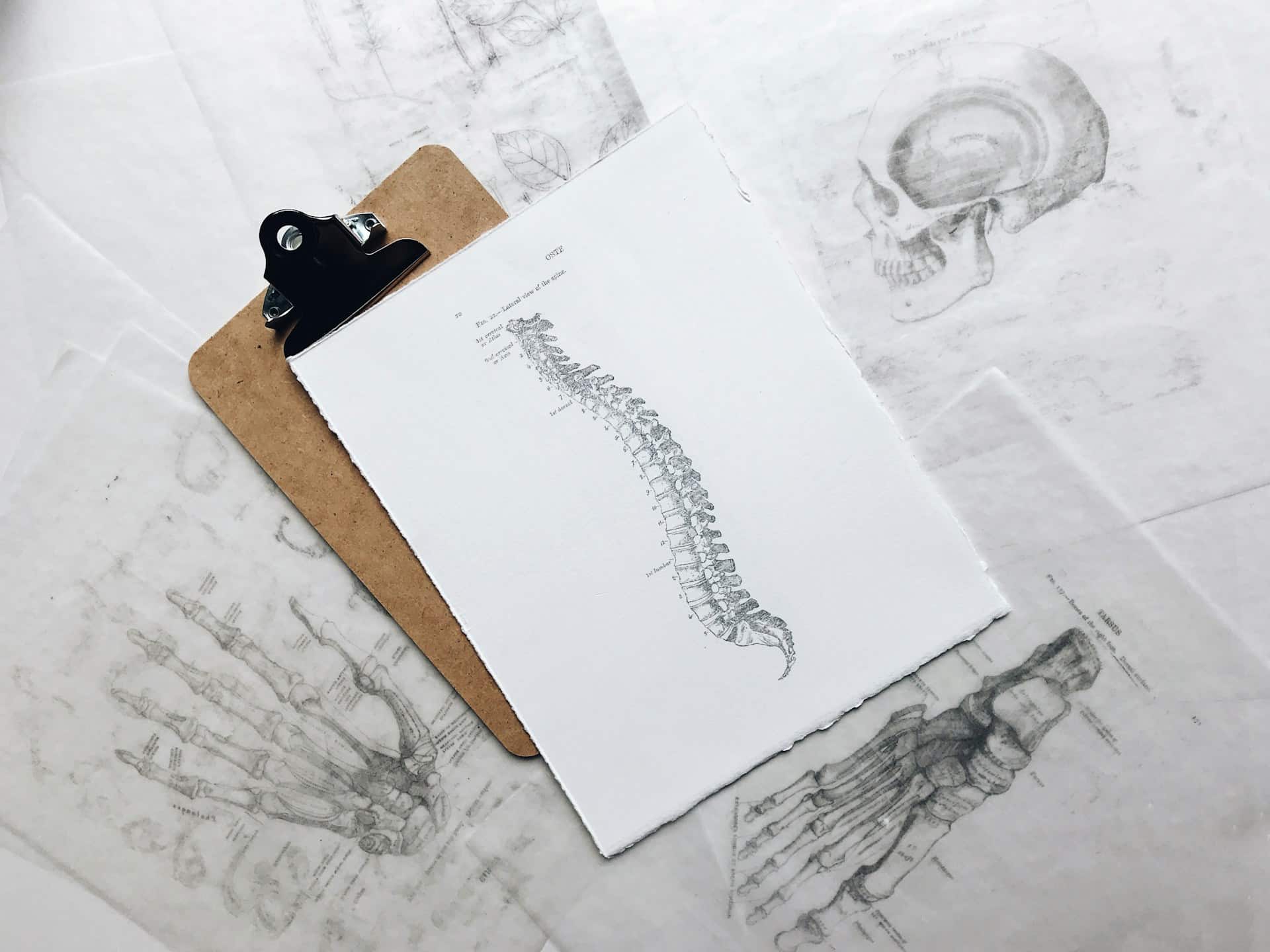Sciatica in pregnancy is, unfortunately, a very common problem. fairly common problem.
The osteopathy offers great relief in cases of acute, dull and even chronic pain.

It is often a false sciaticawhere the piriformis muscle is compressed due to previous imbalances. With changes in posture, sciatica appears. The main advice is avoid crossing your legs from the third month of pregnancy to prevent this problem.
Through manipulations very gentle and painlessprofessional osteopaths such as Marina y Nicolas can release the structures under tension, be they muscles, ligaments, organs or joints. Even if the pregnant woman cannot lie on her back or side, the osteopath can work even in a sitting position if the pain is severe. It is crucial to gradually release the structures of the pelvis involved and rebalance without altering the postural compensations inherent to pregnancy.
Therefore, No rough handling and no altering the posture especially! There is no undoing what the body has set up to protect itself.
That is why we encourage pregnant women to seek care as early as the first trimesteras the sciatica is best managed preventively.
It is essential to release all structures connected closely or distantly to the sciatic nerve, the largest nerve in the body, early in pregnancy to prevent the muscles from stiffening during the last weeks and one joint from "locking up" to protect another area.
The weight of the baby is immovable. It is important to understand that sciatica treated late in pregnancy may not always improve completely. It can be alleviated, made less severe, but if treated too late, it cannot disappear completely, as it only compensates for the enormous changes the body undergoes.


Sciatica is characterised by a stabbing pain which originates in the lower back and can be extended by the legfollowing the course of the sciatic nerve. This pain results from pressure or irritation nerve damage, and during pregnancy, is often caused by a combination of factors such as weight gain, changes in posture, and pressure from the expanding uterus.
Sciatica is not a medical condition on its own, but a symptom of another problem, usually related to the compression or irritation of the sciatic nerve. This nerve is the longest nerve in the body, starting in the lower back, running down the buttocks and extending to the legs and feet.
In general, pregnant women have a high false sciatica which is a consequence of the tight piriformis muscle compressing the sciatic nerve.
Sciatica in pregnancy may start at different times, but it is more common during the second and third trimester. This is due to several factors related to the physical and hormonal changes that occur during pregnancy.
As the uterus grows to accommodate the developing baby, it can begin to put pressure on the sciatic nerve in some women. This nerve is the longest nerve in the body and runs from the lower back through the buttocks and down the back of the legs to the feet. Pressure on this nerve can cause pain, tingling or numbness, which are the most common symptoms. characteristic symptoms of sciatica.
Several factors may contribute to the onset of sciatica during pregnancyincluding:
It is important to note that every pregnancy is unique, and not all women will experience sciatica. If you begin to feel symptoms of sciatica, such as pain radiating from your lower back down one leg.
For a proper diagnosis and a better understanding of the symptoms, it is advisable to consult with a health professional.
It is essential to not to self-diagnose ni self-treatSome symptoms may be indicative of other conditions that require medical attention. Therefore, at the first sign of sciatic pain or if symptoms worsen, it is important to seek specialist advice.
The "false sciatica"Piriformis syndrome, also known as piriformis syndrome, is a condition that mimics the symptoms of traditional sciatica, but has a different cause.
Whereas true sciatica involves the compression or sciatic nerve irritation itself, usually due to spinal problems such as herniated discs or spinal stenosis, false sciatica is caused by compression of the sciatic nerve by the piriformis muscle in the gluteal region.
The main characteristics of false sciatica are:
Treatment of false sciatica focuses on relieving compression of the sciatic nerve and may include:
It is important to distinguish between true sciatica and false sciatica, as their treatments and prognoses can vary significantly. An accurate assessment by a healthcare professional is crucial for a correct diagnosis and the implementation of appropriate treatment.
The sciatic nerve is the longest and one of the most important nerves in the human body, extending from the underside of the backthrough the buttocksand down the backside of each leg. Because of its course, sciatica can affect either the left or the right leg, although symptoms usually occur in one leg. only one side of the body.
Which leg is affected by sciatica depends on where the compression or irritation of the sciatic nerve originates.
For example:

Although some women may be tempted to limit their physical activity because of the pain, staying active is essential. Specific exercises, appropriate prenatal care and pain management techniques, such as the use of heat or cold and complementary therapies, can offer significant relief and improve quality of life during pregnancy.
It is vital for mothers-to-be recognise the symptoms and seek professional advice to treat sciatica effectively.
There are measures that can help prevent sciatica or keep it under control:


The treatment of sciatica during pregnancy involves several approaches, ranging from specific exercises to adopting habits that help relieve and manage pain. Here are some key recommendations based on various authoritative sources:
In terms of specific exercises, there are movements that can help relieve sciatica, such as the cat-dog yoga stretch, pyramidal muscle stretches, and fitball or tennis ball massages to stimulate and relax the affected muscles.

In the context of pregnancy, the sciatica can manifest itself uniquely in each individual, requiring specific approaches to its management. Some situations stand out because of their particularities:
Remember that while some of these techniques may offer quick relief, it is crucial to address the underlying cause of sciatic pain for long-term solutions.
Always seek advice from health professionals to ensure that the approach you choose is safe and effective for your particular situation.
While sciatica can be a challenging part of pregnancy for some women, there are numerous strategies and resources available to manage the pain:
Remember that every pregnancy is unique and what works for one person may not be right for another. Listening to your body and seeking professional guidance is key to navigating this challenge and finding relief.
Typical duration:
Sciatica can occur at any stage of pregnancy, but is most common in the second and third trimester. The duration can vary from a few weeks to several months. In most cases, sciatica pain resolves after delivery, once the pressure on the sciatic nerve decreases and the hormonal and physical changes of pregnancy reverse.